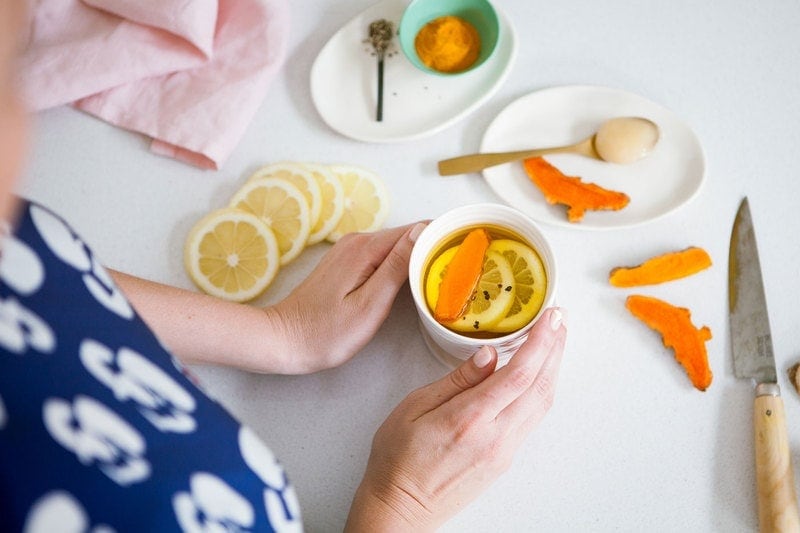
I have a personal love affair with turmeric and her radiant golden glow, my fingers are forever stained yellow I use it so much. I hope you get inspired to use more of it in your kitchen. I thought I would share an in-depth look at this fabulous spice today, so grab a cuppa and be prepared to nerd out on nutrition with me!
Turmeric: The Golden Root
Turmeric (Curcuma longa), a member of the ginger family, is a rhizomatous herbaceous perennial plant native to tropical South Asia. The rhizome (root) has a fabulous golden colour, and has been used as a spice, medicine, colouring agent, cosmetic and in ritual for thousands of years. Thanks to its bright colour, it is also known as “Indian saffron”. When dried, it is warming and bitter, slightly pungent and even a little sweet [1]. It’s the main ingredient in curry powder and is used to colour commercial mustards.
Other names for turmeric include ‘Golden Goddess’ and ‘Golden One’ amongst many more ~ beautiful!
Traditional use of turmeric
Turmeric has been used in traditional medicine systems in different parts of the world for over 4,000 years. In Ayurvedic medicine, it was thought to have a tonic effect on the body, particularly so with the digestive tract, dispelling worms, dissolving gallstones, regulating menstruation, giving relief for arthritis and clearing the lungs [1].
How is turmeric prepared?
Turmeric is not simply dried and ground into a powder, it is actually processed into the spice we know it as. Rhizomes are collected and boiled in alkaline water anywhere between 40 minutes and 6 hours, depending on the variety. From here, they are transferred from the water to be sun dried before finally being powdered [1]. Interesting right?!
Curcumin – the most studied bioactive compound in turmeric
The key constituents in turmeric include essential oils and yellow pigments, also known as curcuminoids [2]. Curcumin, one of these curcuminoids, is responsible for the bright yellow colour, and is the compound in the plant that has attracted the most attention in literature.
Bioavailability of curcumin
Bioavailability refers to how readily available something is to the body once ingested – does it pass straight through, or does it enter the cells quickly and easily?
Curcumin is in fact quite poorly absorbed, and quickly metabolised (broken down) by the liver. When taken orally, up to 85% may simply pass straight through the digestive tract [3]. To date, research continues in pursuit of ways to overcome this issue. One such solution may be the co-administration of piperine (a component of black pepper) with oral curcumin. One human study found this method to enhance bioavailability by 2,000%, via inhibition of metabolism in the liver and intestinal wall, with no adverse effects [4]. This is a fairly old study however, conducted on only 10 human volunteers. Yet, increased bioavailability has been shown in other animal studies since [5]. Other methods of delivery being investigated with promise include nanoparticles and phospholipid complexes [6]. Really, more research is warranted. It’s a curly one!
Traditionally – turmeric has been consumed in preparations with black pepper and fat (such as ghee or oil) – I have a feeling they are pretty bang on there!
[bctt tweet="Use a pinch of black pepper + healthy fats (like coconut) to enhance absorption of turmeric!"]
Main actions of turmeric
Turmeric has potent antioxidant and anti-inflammatory actions, and research suggests it has a positive effect on the cardiovascular system, is antimicrobial, anticarcinogenic, neuroprotective, and liver protective. It is also used effectively for gastrointestinal disorders [7, 2].

Evidence based health benefits of turmeric
The strongest evidence on the therapeutic benefits of turmeric appear to be on its antioxidant and anti-inflammatory effects. There have been numerous studies on other actions though human studies are lacking.
Turmeric as a potent antioxidant
Turmeric, particularly curcumin, has been shown to have significant antioxidant activity [7]. It scavenges for free radicals and also increases levels of the body’s master endogenous antioxidant, glutathione, thus promoting the clearance of toxins via the liver [3].
Free radicals are molecules with one or more unpaired electrons, making them unstable and highly reactive. Antioxidants are able to neutralize them and prevent any damage, by donating one of their own electrons [8].
Its antioxidants effects have been shown to be 10 times more potent than vitamin C [7].
Both oxidative damage and inflammation are a known, root cause of cancer and chronic diseases, such as diabetes, Alzheimer’s and other neurodegenerative diseases, auto-immune diseases, cardiovascular, pulmonary and neoplastic diseases [9, 10].
Turmeric and anti-inflammatory compounds
There are many ways turmeric can modulate inflammation [10]. One such way is by inhibiting arachidonic acid pathways [9, 11]. Its anti-inflammatory effect may even be comparable to strong drugs such as hydrocortisone [12].
The anti-inflammatory effects of turmeric show therapeutic efficacy in the management of multiple chronic inflammatory diseases, such as osteoarthritis [13] and inflammatory bowel disease [14, 15]. Based on early research in animal models, it may also show potential for conditions such as pancreatitis and certain types of cancer [11]. This chart overviews the effect of curcumin on various proinflammatory diseases [10].
Again, these above studies often looked at different delivery systems (such as nanoemulsions) [5] in order to overcome the poor bioavailability of curcumin.
While studies to date are positive, they aren’t however plentiful. Further well-designed randomised clinical trials are still warranted to validate the full potential of curcumin in treatment of disease in humans. It is certainly an attractive area of study as many current anti-inflammatory medications (such as those for inflammatory bowel disease) come with potential side effects that aren’t well tolerated [14, 16].
Curcumin: anticarcinogenic
The antioxidant and anti-inflammatory activity of turmeric is thought to have some degree of chemoproventive activity [11]. Animal studies have shown it inhibits colon cancer in the initiation, promotion and progression stages [17]. A recent review concluded curcumin (in combination with chemotherapy) is a superior strategy for treatment of gastrointestinal cancer [17]. Other studies have shown it efficacious in breast, prostate and lung cancer, and in cancer lesions [18].
Curcumin and the cardiovascular system
There appears to be more literature on studies conducted in animal models rather than in humans. However, a recent pilot study on 33 patients with coronary artery disease revealed curcumin may be a potential candidate for decreasing cholesterol and triglyceride levels, though it had no effect on inflammatory markers in the blood [19]. Much larger studies are needed to assess its efficacy in this instance. The effect of curcurmin on lipid profiles was also studied in patients with acute coronary syndrome, with the unexpected revelation that smaller rather than larger doses of curcumin altered lipid profiles more favourably [20]. Another small controlled study on 32 post-menopausal women looked at curcumin in relation to endothelial (cells that line blood vessels) function when compared with exercise. The authors hypothesised that curcumin, due to its anti-inflammatory and antioxidant properties, may help counter the effects of aging blood vessels. They found curcumin to be as effective as exercise at improving endothelial function [21].
Curcumin may be of benefit in diabetes
Endothelial damage occurs in diabetes due to high blood sugar levels and increased oxidative stress. One study on patients with type 2 diabetes showed that a standardised preparation of curcumin was as effective as medication [22].
Curcumin as a liver protective
Turmeric is used in Herbal Medicine for its liver protective effects [2]. It has shown protection against chronic arsenic exposure and alcohol intoxication [18].
Curcumin in gastrointestinal conditions
Studies have shown curcumin to be efficacious in various digestive conditions, such as gastric and peptic ulcers, H. pylori infection and irritable bowel syndrome [18].
Curcumin may be neuroprotective
Based on animal studies, curcumin may have therapeutic potential in Alzheimer’s disease, though convincing evidence is lacking in humans [23].
Curcumin has shown therapeutic benefit in a range of human diseases, and in all studies, has been well tolerated and without toxicity. The poor bioavailability of this compound still remains a challenge, and much more research needs to be conducted still.
How to use turmeric
Turmeric is a fabulous addition your whole food diet. You can use it fresh, peeling the tough outer skin and grating the fresh root. It makes a lovely tea this way, with a little added lemon and honey -or maple syrup, for a vegan alternative. You can also use the spice liberally in your cooking – make up your own curry blend, add it to cooked grains and legumes, spice up your salad dressings, or try it in a smoothie.
Interestingly, in India, average intake was found to be up to 2.5g daily (equivalent to approximately 100mg of curcumin) [9] – perhaps we should take a cue from our neighbours and include this wonderful spice more in our home cooking?
TUMERIC Safety
Turmeric is generally thought to be safe and well tolerated [2, 3, 12]. Clinical trials have shown curcumin to be safe at high doses (12g/day) in humans [6].
Animal [24] and human cell [25] studies suggest it may act as an iron chelater (this means it binds to the iron and then is eliminated).
There is of course always the question of: should we be isolating compounds like curcumin, taking them in really high doses? This assumes that we know better than Mother Nature, who has already packaged up a range of compounds that work together synergistically. Perhaps whole foods are the way to go, again?
Summary:
- Turmeric is a member of the ginger family and is a popular spice with a bitter and slightly pungent taste
- The rhizome is boiled before being sun dried and powdered
- Curcumin is the most bioactive compound in turmeric
- It has well known antioxidant and anti-inflammatory effects
- Curcumin has shown promise in management of a range of proinflammatory diseases
- It is a great inclusion in a whole foods diet – easily added to grain and legume dishes, salad dressings and smoothies
- It is safe and well tolerated
Turmeric recipes:
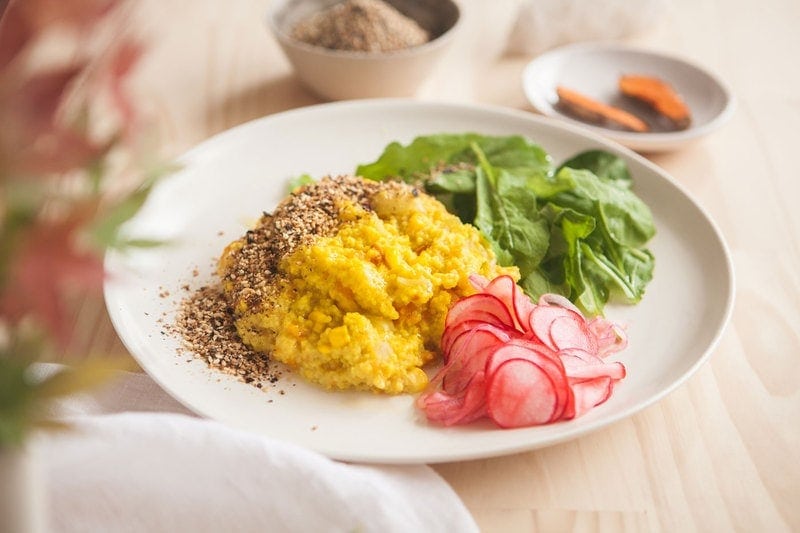
Turmeric Millet and Butternut Squash
Turmeric Milk for Coughs and Colds
Anti-inflammatory Sunshine Apricot Smoothie
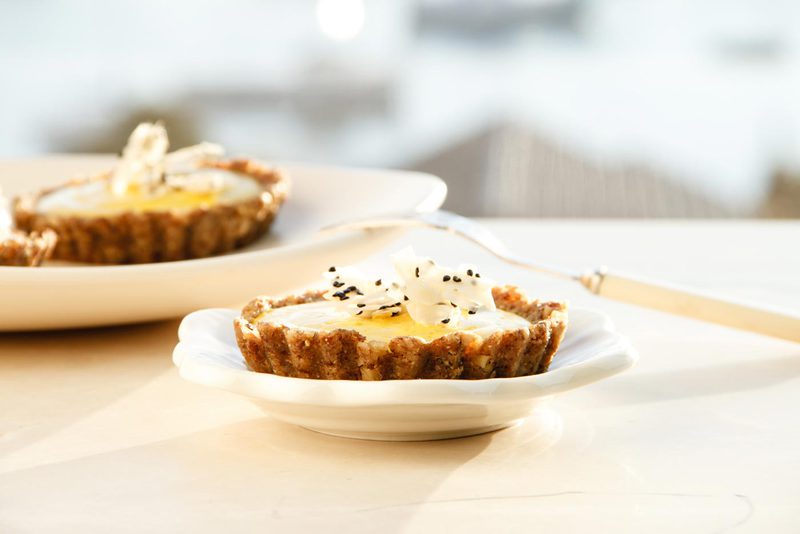
Painless Raw Mango Turmeric Tarts
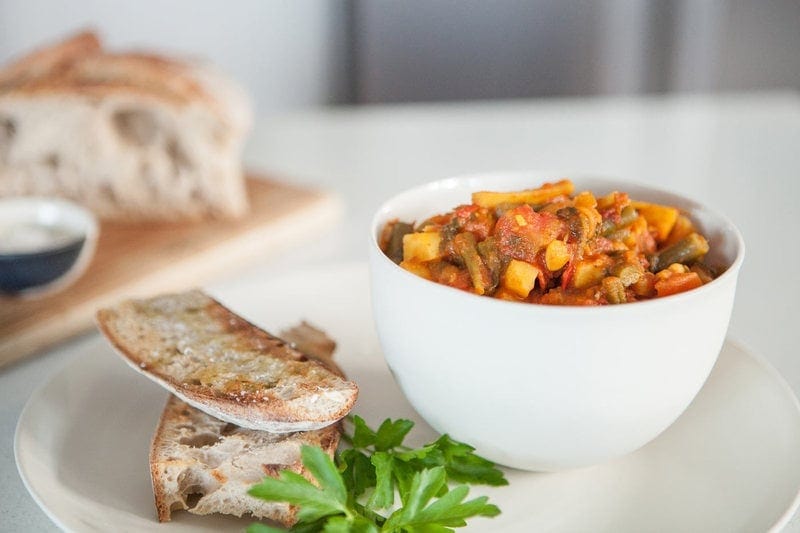
References:
-
Prasad, S., & Aggarwal, B.B. (2011). Turmeric, the golden spice: From traditional medicine to modern medicine. In I.F.F. Benzie, & S. Wachtel-Galor (Eds). Herbal medicine: Biomolecular and clinical aspects (2nd ed., pp. 263-287). Boca Raton, FL: CRC Press
-
Bone, K., & Mills, S. (2013). Principles and practice of phytotherapy: Modern herbal medicine (2nd ed.). Edinburgh, UK: Churchill Livingstone Elsevier
-
Murray, M.T. (2013). Curcuma longa (turmeric). In J.E. Pizzorno, & M.T. Murray (Eds). Textbook of natural medicine (4th ed., pp. 702-708). St Louis, Missouri: Elsevier
-
Shoba, G., Joy, D., Joseph, T., Majeed, M., Rajendran, R., & Srinivas, P.S.S.R. (1998). Influence of piperine on the pharmokinetics of curcumin in animals and human volunteers. Planta Medica, 64(4), 353-356. doi: 10.1055/s-2006-957450
-
Prasad, S., Tyagi, A.K., & Aggarwal, B.B. (2014). Recent developments in delivery, bioavailability, absorption and metabolism of curcumin: The golden pigment from golden spice (review). Cancer Research and Treatment, 46(1), 2-18. doi: 10.4143/crt.2014.26.1.2
-
Anand, P., Kunnumakkara, A.B., Newman, R.A., & Aggarwal, B.B. (2007). Bioavailability of curcumin: Problems and promises. Molecular Pharmaceutic, 4 (6), 807-81. doi: 10.1021/mp700113r
-
Braun, L, & Cohen, M. (2015). Herbs & natural supplements. An evidence-based guide (4th ed., Vol. 2). Sydney, Australia: Churchill Livingstone
-
Whitney, E., Rolfes, S., Crowe, T., Cameron-Smith, D., & Walsh, A. (2014). Understanding nutrition. Australia and New Zealand edition (2nd ed.). Melbourne, Victoria: Cengage Learning
-
Basnet, P., & Skalko-Basnet, N. (2011). Curcumin: An anti-inflammatory molecule from a curry spice on the path to cancer treatment. Molecules, 16(6), 4567-4598. doi: 10.3390/molecules16064567
-
Aggarwal, B.B & Harikumar, K.B. (2009). Potential therapeutic effects of curcumin, the anti-inflammatory agent against neurodegenerative, cardiovascular, pulmonary, metabolic, autoimmune and neoplastic diseases. International Journal of Biochemistry & Cell Biology, 41(1), 40-59. doi: 10.1016/j.biocel.2008.06.010
-
Jurenka, J.S. (2009). Anti-inflammatory properties of curcumin, a major constituent of Curcuma longa: A review of preclinical and clinical research (review). Alternative Medicine Review, 14(2), 141-153. Retrieved from http://www.altmedrev.com/publications/14/2/141.pdf
-
Murray, M., Pizzorno, J., & Pizzorno, L. (2005). The encyclopedia of healing foods. New York: Atria Books
-
Henrotin, Y., Priem, F., & Mobasheri, A. (2013). Curcumin: A new paradigm and therapeutic opportunity for the treatment of osteoarthritis management (review). SpringerPlus, 2(1), 56. doi: 10.1186/2193-1801-2-56
-
Ali, T., Shakir, F., & Morton, J. (2012). Curcumin and inflammatory bowel disease: Biological mechanisms and clinical implication (review). Digestion, 85, 249-255. doi: 10.1159/000336720
-
Hanai, H., Iida, T., Takeuchi, K., Watanabe, F., Maruyama, Y., Andoh, A., . . . & Koide, Y. (2006). Curcumin maintenance therapy for ulcerative colitis: randomized, multicenter, double-blind, placebo-controlled trial. Clinical Gastroenterology and Hepatology, 4(12), 1502-1506. doi: 10.1016/j.cgh.2006.08.008
-
Hyams, J., Markowitz, J., Lerer, T., Griffiths, A., Mack, D., Bousvaros, A., . . . & LeLeiko, N. (2006). The natural history of corticosteroid therapy for ulcerative colitis in children. Clinical Gastroenterology and Hepatology, 4(9), 1118-1123. doi: 10.1016/j.cgh.2006.04.008
-
Patel, B.B., & Majumdar, A.P.N. (2009). Synergistic role of curcumin with current therapeutics in colorectal cancer: Minireview. Nutrition and Cancer, 61(6), 842-846. doi: 10.1080/01635580903285106
-
Gupta, S.C., Patchva, S., & Aggarwal, B.B. (2013). Therapeutic roles of curcumin: Lessons learned from clinical trials. The AAPS Journal, 15(1), 195-218. doi: 10.1208/s12248-012-9432-8
-
Mirzabeigi, P., Mohammadpour, A. H., Salarifar, M., Gholami, K., Mojtahedzadeh, M., & Javadi, M. R. (2015). The Effect of curcumin on some of traditional and non-traditional cardiovascular risk factors: A pilot randomized, double-blind, placebo-controlled trial. Iranian Journal of Pharmaceutical Research, 14(2), 479–486. Retrieved from http://www.ncbi.nlm.nih.gov/pmc/articles/PMC4403064/
-
Alwi, I., Santoso, T., Suyono, S., Sutrisna, B., Suyatna, F.D., Kresno, S.B., & Ernie, S. (2008). The effect of curcumin on lipid level in patients with acute coronary syndrome. Acta Med Indones, 50(4), 201-210. Retrieved from http://www.ncbi.nlm.nih.gov/pubmed/19151449/
-
Akazawa, N., Choi, Y., Miyaki, A., Tanabe, Y., Sugawara, J., Ajisaka, R., & Maeda, S. (2012). Curcumin ingestion and exercise training improve vascular endothelial function in postmenopausal women. Nutrition Research, 32(10), 795-799. doi: http://dx.doi.org/10.1016/j.nutres.2012.09.002
-
Usharani, P., Mateen, A.A., Naidu, M.U.R., Raju, Y.S.N., & Chandra, N. (2008). Effect of NCB-02, atorvastatin and placebo on endothelial function, oxidative stress and inflammatory markers in patients with type 2 diabetes mellitus. Drugs in R&D, 9(4), 243-250.
-
Hamaguchi, T., Ono, K., & Yamada, M. (2010). Curcumin and Alzheimer’s disease (review). CNS Neuroscience & Therapeutics, 16(5), 285-297. doi: 10.111/j.1755-5949.2010.00147.x.
-
Jiao, Y., Wilkinson, J. 4th., Pietsch, C.E., Buss, J.L., Wang, W., Planalp, R., … & Torti, S.V. (2006). Iron chelation in the biological activity of curcumin. Free Radical Biology and Medicine, 40(7), 1152-1160.
-
Minear, S., O’Donnell, A.F., Ballew, A., Giaever, G., Nislow, C., Stearns, T., & Cyert, M.S. (2011). Curcumin inhibits growth of Saccharomyces cerevisiae through iron chelation. Eukaryotic Cell, 10(11), 1574-1581. doi: 10.1128/EC.05163-11

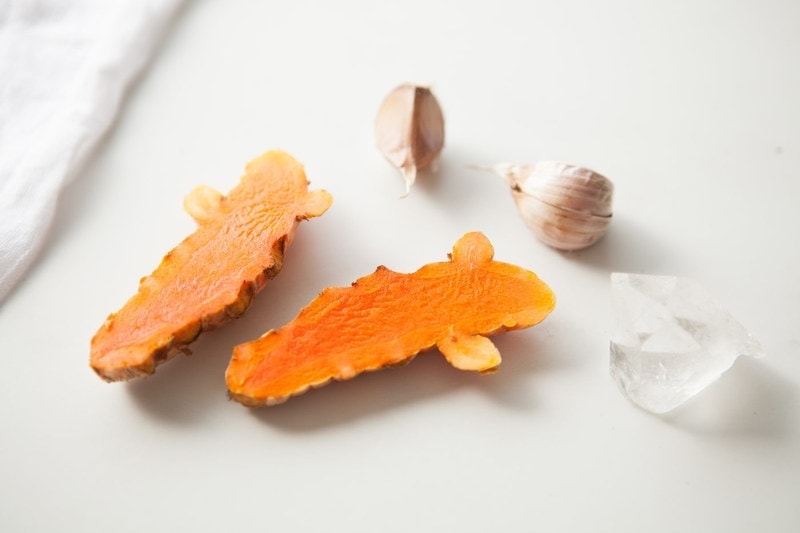
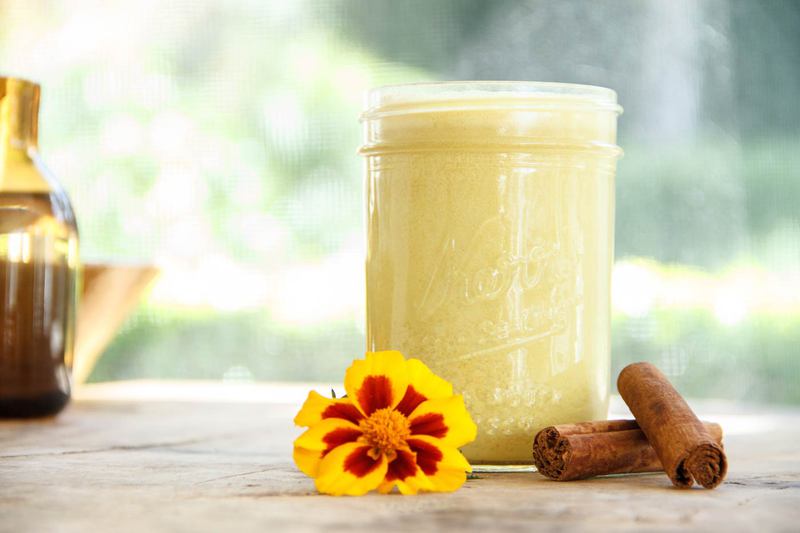
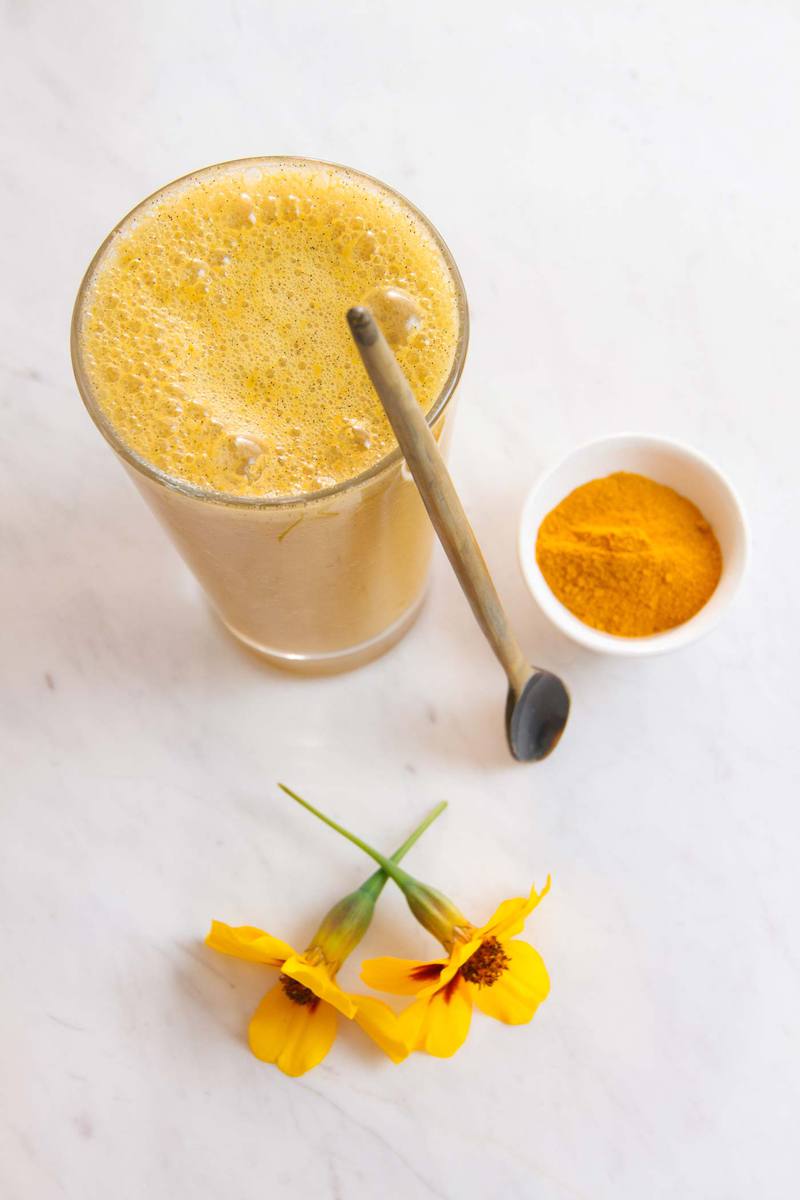
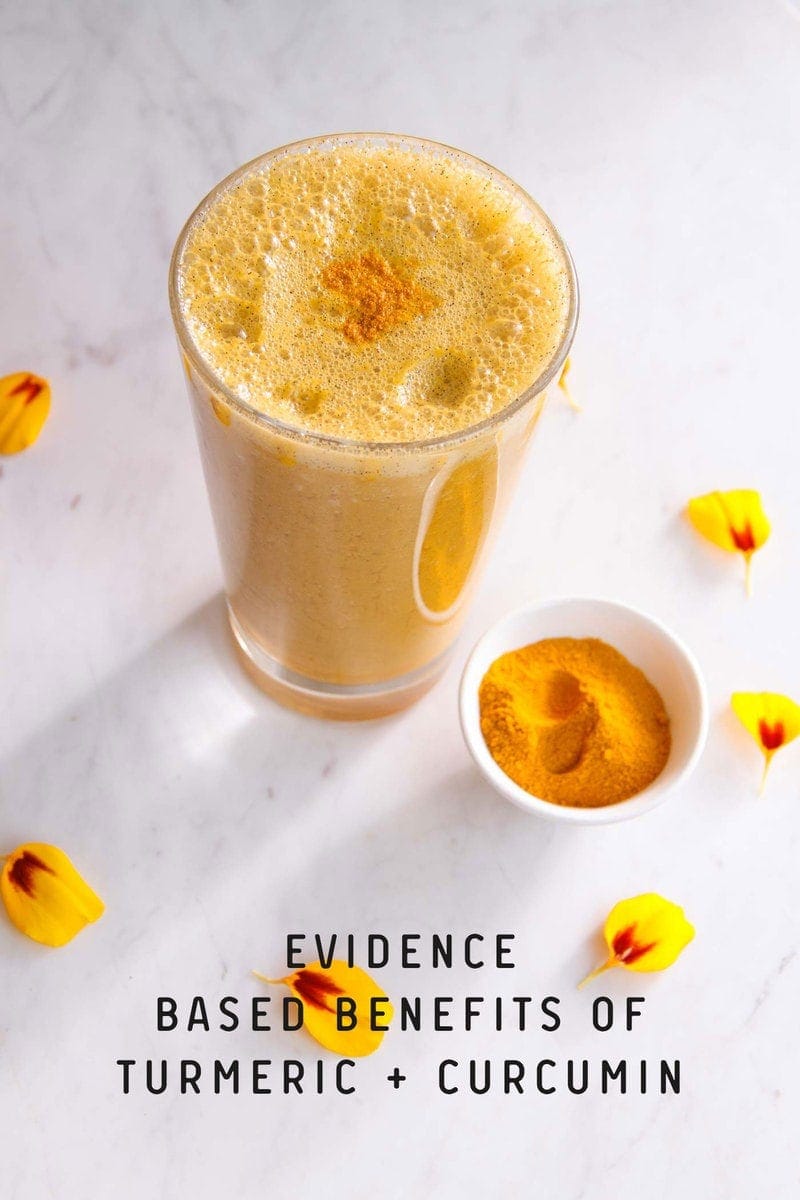
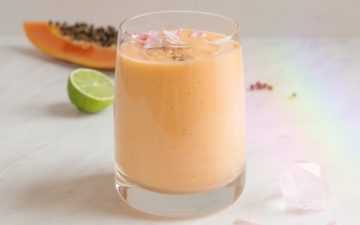
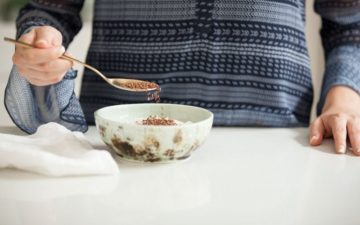
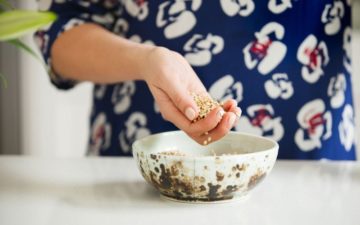
Roanna Rose Doleman
Love this. Thank you for putting all this info into one place!!! Ro x
Ascension Kitchen
Thank you Roanna! XX